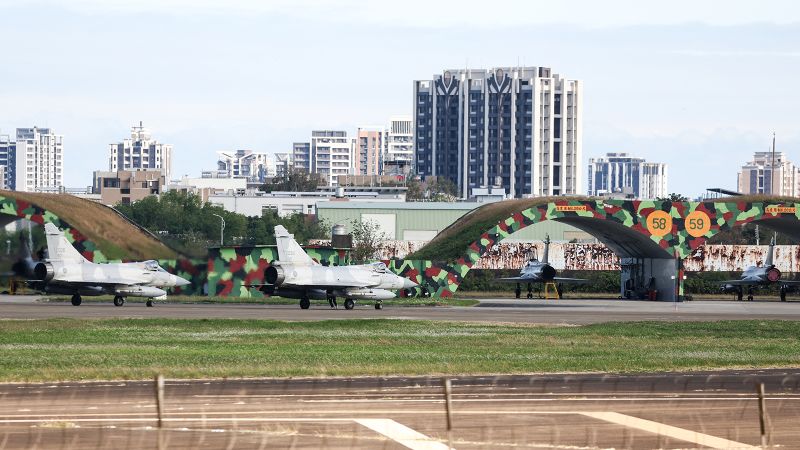China Opens Disputed Air Route Near Taiwan, Sparking Fierce Protests Ahead of War Games

Taipei has denounced Beijing’s “unilateral” opening of a new flight path in the sensitive Taiwan Strait, calling it a deliberate act of regional destabilization just days before the island’s major annual military exercises.
China announced on Sunday the immediate opening of the W121 flight route, a new east-bound extension of its controversial M503 air corridor. The route runs extremely close to the median line of the Taiwan Strait, an unofficial but long-respected buffer between the mainland and democratic Taiwan.
The move drew a swift and angry rebuke from Taipei. Taiwan’s China policy-making Mainland Affairs Council accused Beijing of using “unilateral actions to change the status quo and increase cross-strait and regional unrest.” The protest highlights the escalating tensions in one of the world’s most critical geopolitical flashpoints.
A Calculated Move or a Practical Measure?
According to a statement from the Civil Aviation Authority of China, the new route was established to “further optimize the airspace environment and improve operational efficiency.” China’s Taiwan Affairs Office echoed this, stating the measure would ensure flight safety, reduce delays, and was “beneficial” to both sides of the strait.
However, Taipei rejected this explanation as “unjustified.” Officials pointed out that international air traffic to and from the mainland has yet to return to pre-pandemic levels, questioning the urgent need for a new route.
This is the third such extension to the M503 route, following the opening of the W122 and W123 paths last year, which also triggered protests from Taiwan. All three routes direct air traffic from mainland China eastward, directly toward the island.
Strategic Timing and Eroding Buffers
The timing of China’s announcement is seen as highly provocative. It comes just days before Taiwan is set to begin its annual Han Kuang military and civil defence drills on July 9. These large-scale exercises are designed to test the island’s readiness to repel a potential Chinese invasion and blockade.
The dispute centres on the Taiwan Strait’s median line. For decades, this line served as an informal maritime and aerial border. However, in recent years, Beijing has openly stated it does not recognize the line’s existence. Chinese warplanes and naval vessels now regularly cross it in a campaign of “grey-zone” warfare designed to intimidate Taiwan and wear down its military.
By establishing new civilian flight paths like W121 closer to the line, analysts suggest Beijing is attempting to further normalize its presence in areas previously controlled by Taiwan, effectively erasing the buffer zone one step at a time. This move complicates air defence for Taiwan, as its military must now distinguish between potentially hostile military aircraft and scheduled civilian flights in the same crowded airspace.
Taiwan, which China claims as its own territory despite the island’s separate democratic governance, remains on high alert as Beijing continues to ramp up both military and political pressure. The opening of the W121 route is seen not as a simple aviation adjustment, but as the latest chapter in a sustained effort to challenge Taiwan’s sovereignty and alter the fragile peace in the region.





